Today, the holiday we know as Halloween has origins from old and unique cultures. The name derives from the 8th-century festival, “All Hallows Eve.” November 1st became “All Saints Day” to honor the saints, from early Christian traditions. Later on, October 31st naturally became “All Hallows’ Eve” because October 31st is the evening prior to November 1st. Now, the holiday has been commercialized, filled with trick-or-treating, mass production of costumes, and elaborate decorations. It has since been shaped by modern religion, such as Christianity, even though the only Christian influence is the name, Halloween.
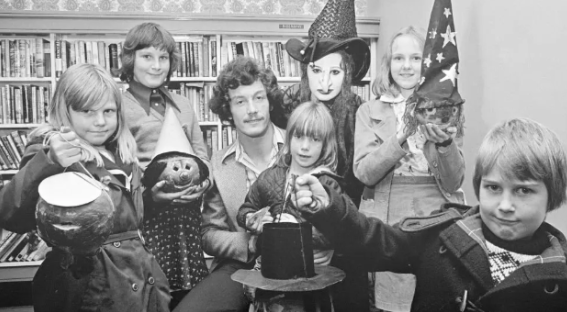
Halloween originated as an ancient Celtic and Pagan celebration, called Samhain (pronounced sow-in). About 2,000 years ago, the holiday was marked by dividing the light half of the year (summer and spring) and the dark half of the year (fall and winter). The Celtics saw this time as the thinnest division between the spirit world and the overworld, meaning that spirits could pass through and walk among them. The idea of costumes began as a method to ward off evil spirits, an idea that we still use, but rather without purpose, simply for enjoyment. The Celts would create altars to honor spirits with offerings of food, drink, gifts, and more. These offerings are now in the form of candy or treats. Additionally, these people would create bonfires to help connect to the spirits and provide a cleansing protection for themselves.
Even the traditional colors of Halloween, black and orange, are historical. For the Celts, black represented the “death” of summer while orange symbolized the new autumn season. Other Halloween symbols and activities have pagan origins, such as bobbing for apples or candy apples, from the Roman’s worship of Pomona, the goddess of fruit trees and orchards. Additionally, carving pumpkins was not always carving pumpkins. In the early 19th and 20th centuries, primarily in Ireland, England, and Scotland, they would carve large turnips instead of pumpkins to create lanterns for Samhain festivals. Later on, those face-carved pumpkins would be used to ward off evil spirits. The method of using pumpkins to carve was inspired by immigrants coming to America, who were then inspired to use the larger vegetable for jack-o-lantern carving. The origins of trick-or-treating are linked to a practice known as “souling” in ancient Europe, where less fortunate people would go door-to-door offering prayers to the dead in exchange for food.
The shift from Halloween being a spiritual holiday, to becoming more centered around community enjoyment was noticed by the late 1800’s, also bringing the tradition of pranks and mischief. Over the years, this holiday has continued to evolve. From ancient Celtic rituals to modern festivities, Halloween has transformed dramatically over the centuries. Whether it’s through costumes, activities, candy, or decorations, Halloween continues to be a unique blend of tradition, culture, and fun. So, the next time you go trick-or-treating, or put on a costume, remember that you are a part of a long-evolved tradition from cultures around the world.
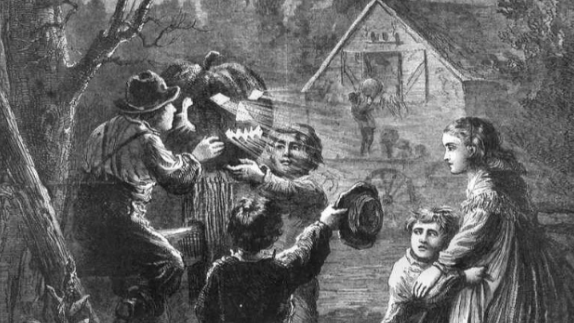
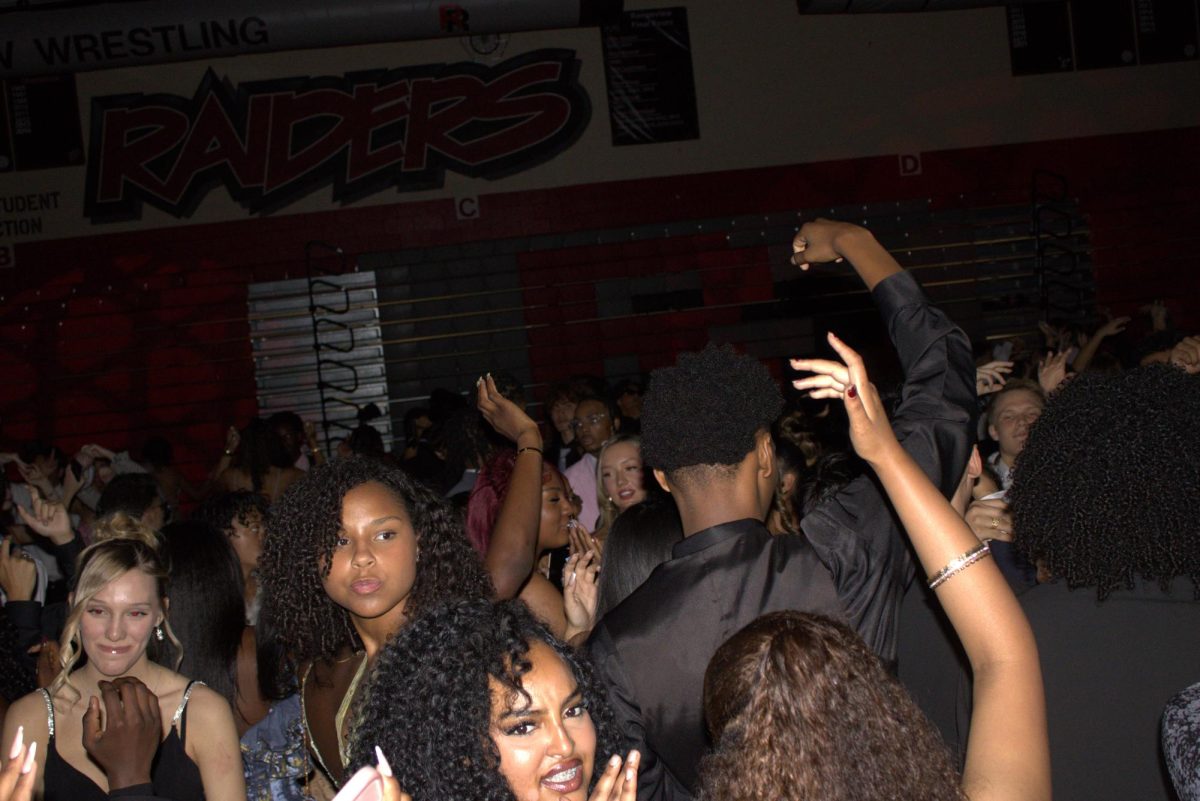
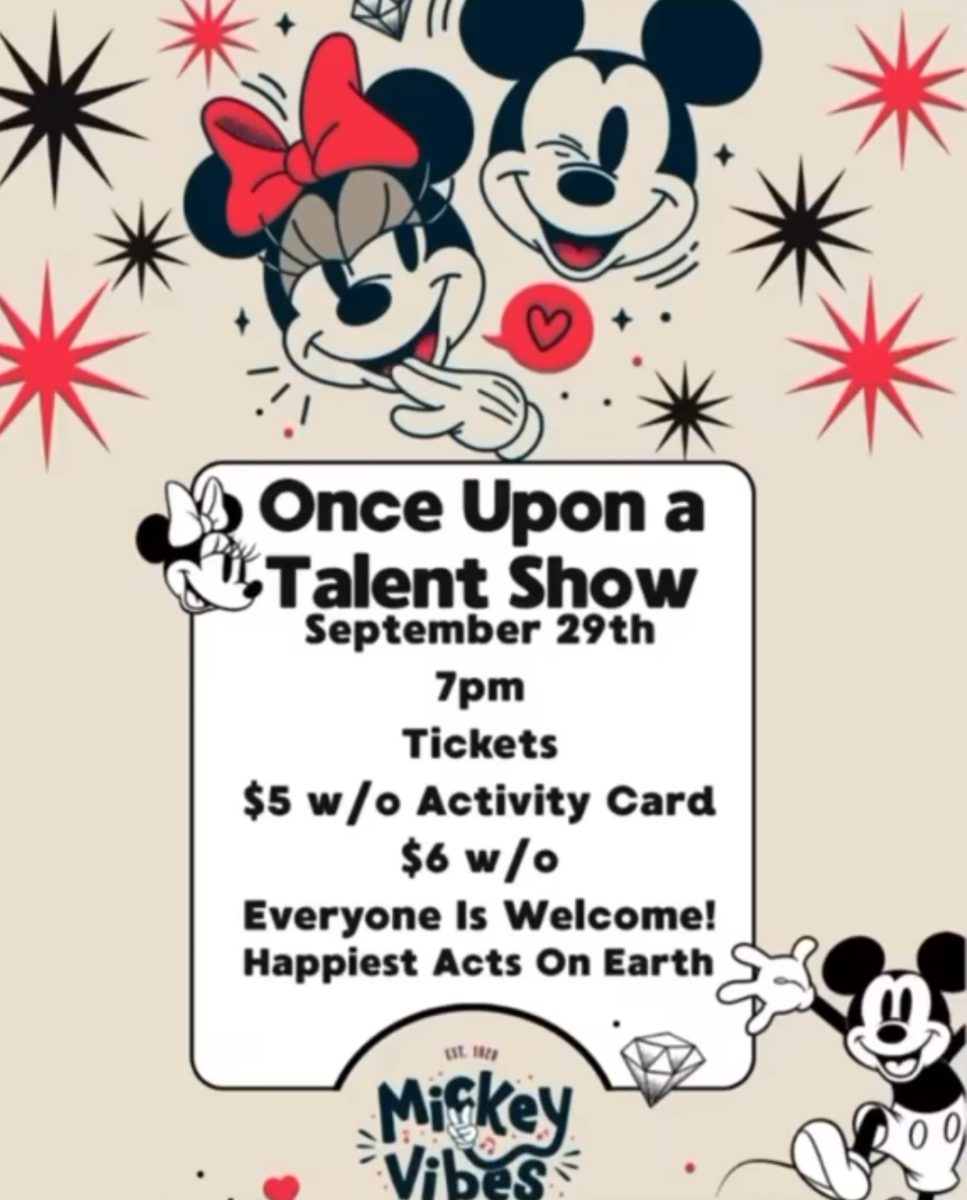
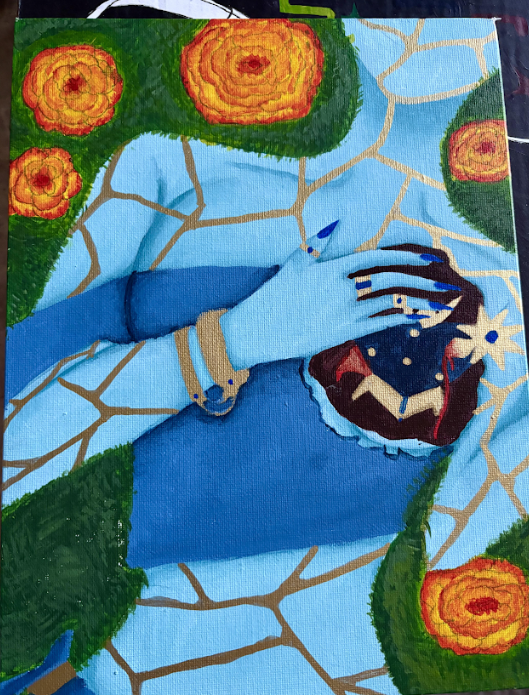


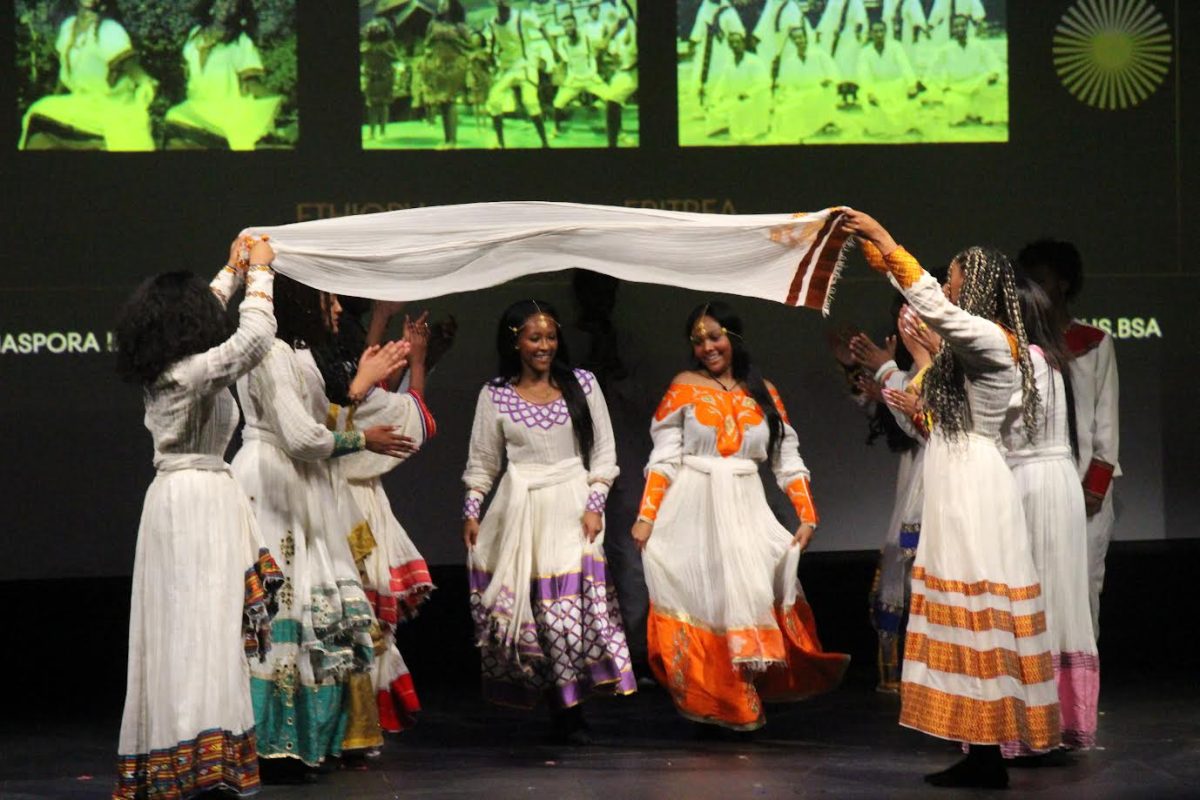



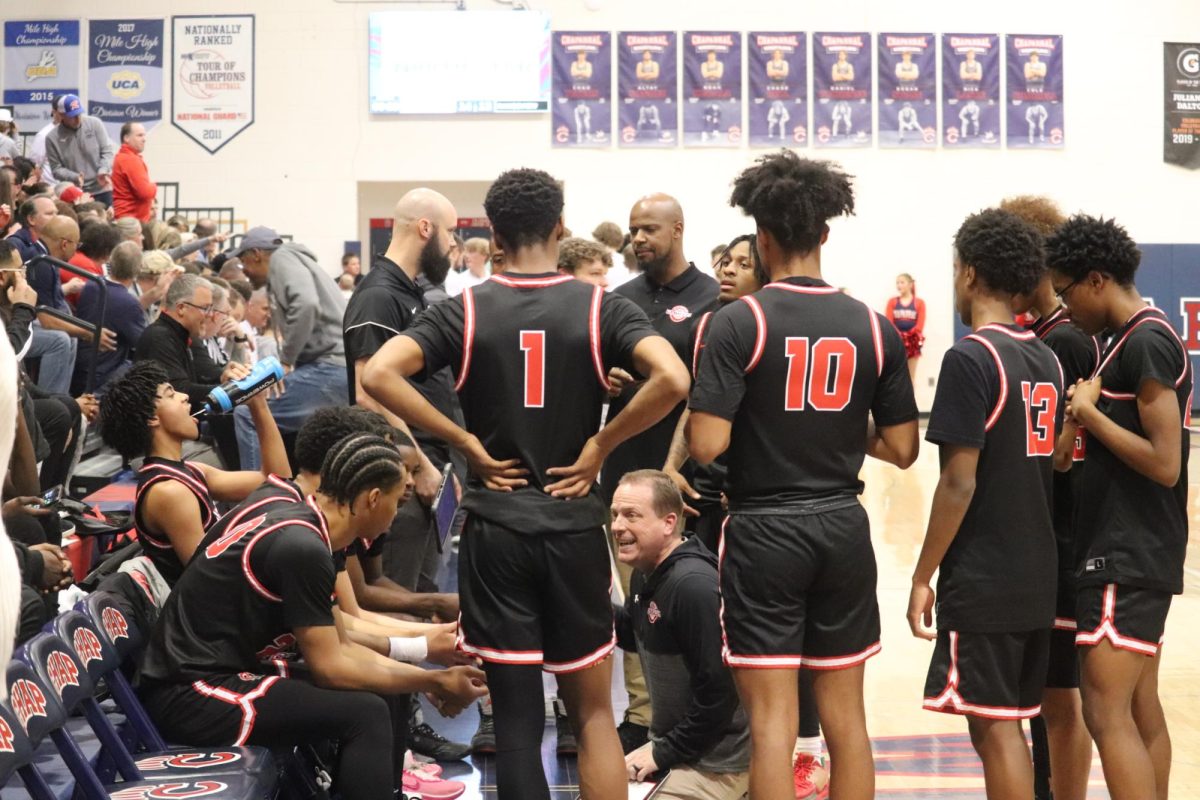

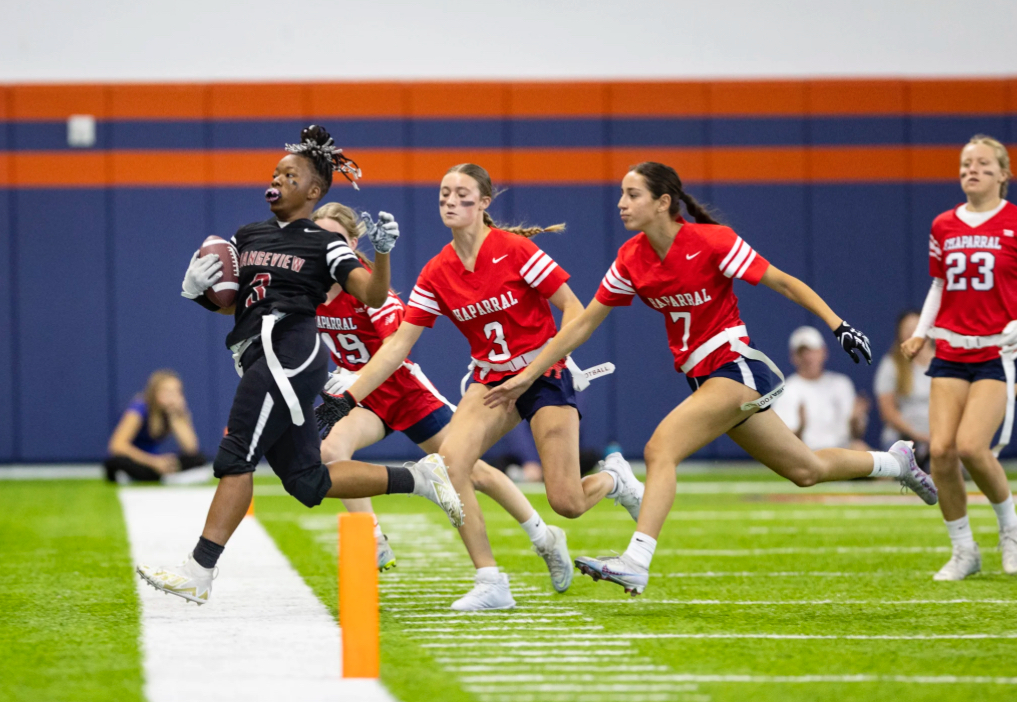
Javyn Myers • Oct 29, 2025 at 8:50 PM
This is shocking, I don’t think I was expecting this at all. 5 stars.
anonymous • Nov 3, 2025 at 4:22 PM
glazeeeeeeee
raven a • Oct 29, 2025 at 3:00 PM The Rangeview Raider Review Pick
wow this story is soo fire.. I wonder who wrote it.
Javyn Myers • Oct 29, 2025 at 8:49 PM
Alright, we get it… it is fire tho